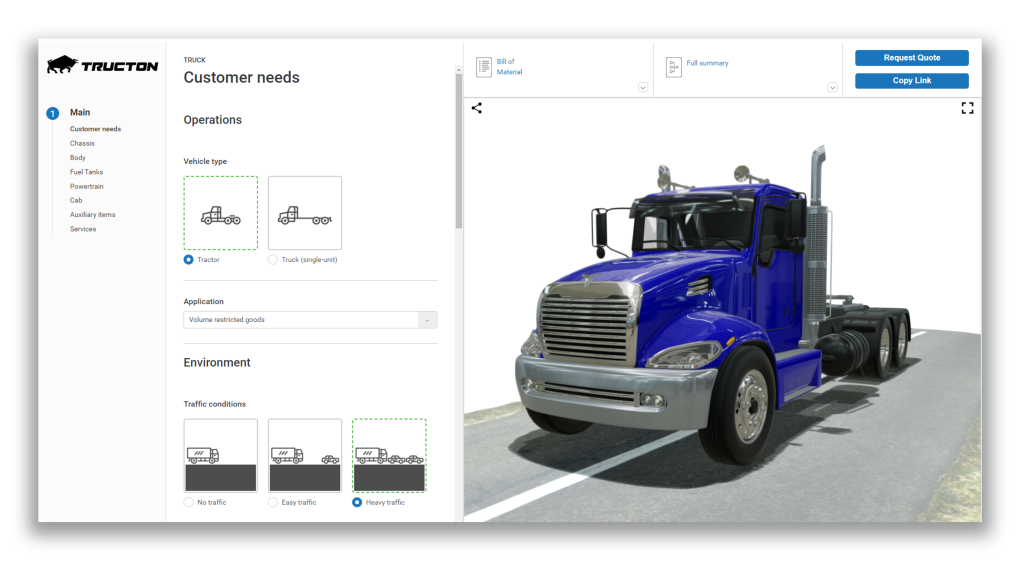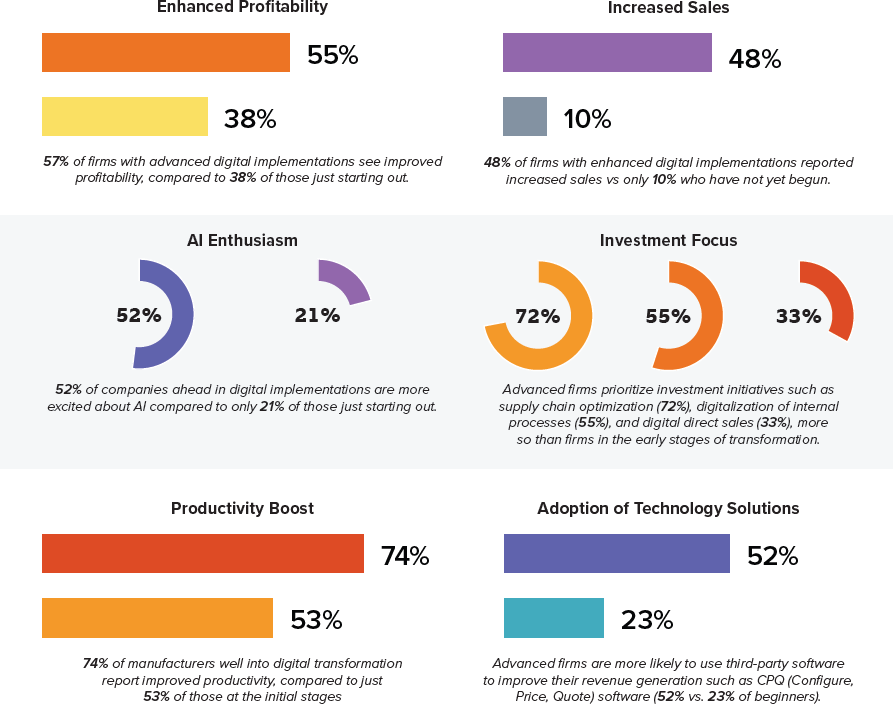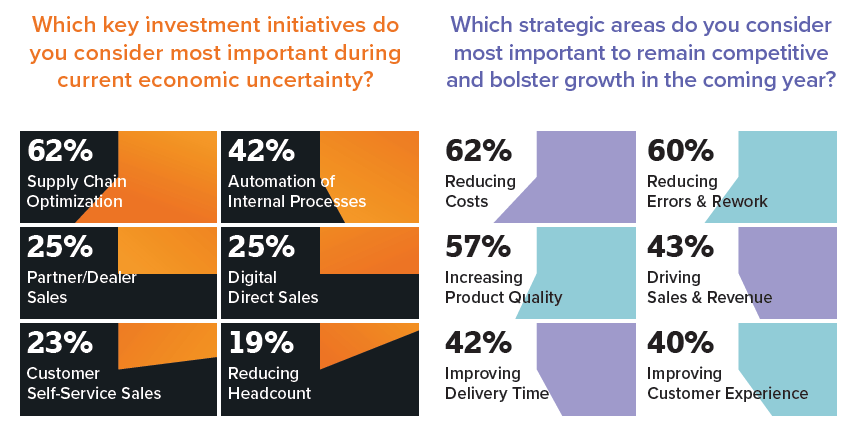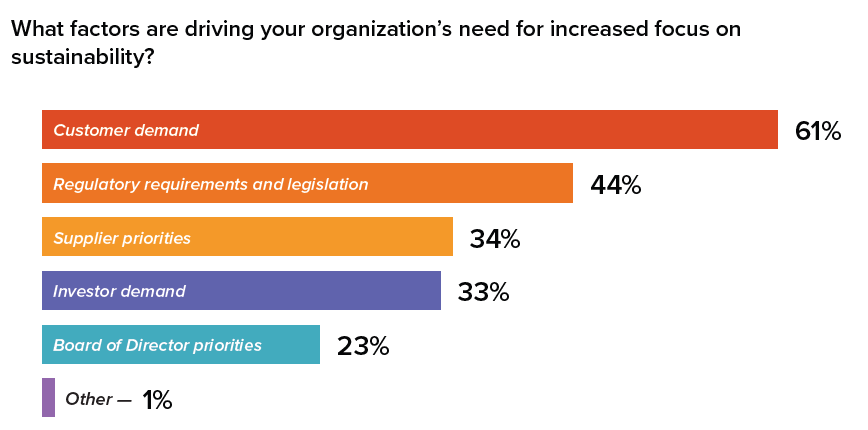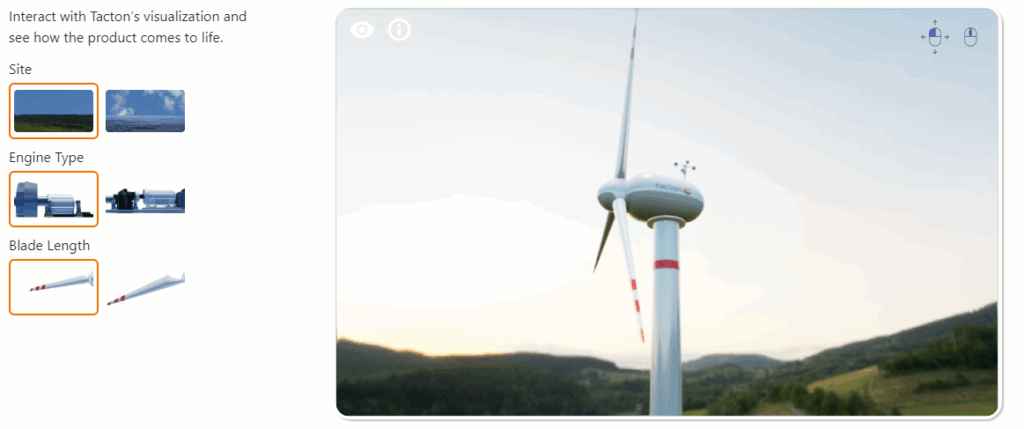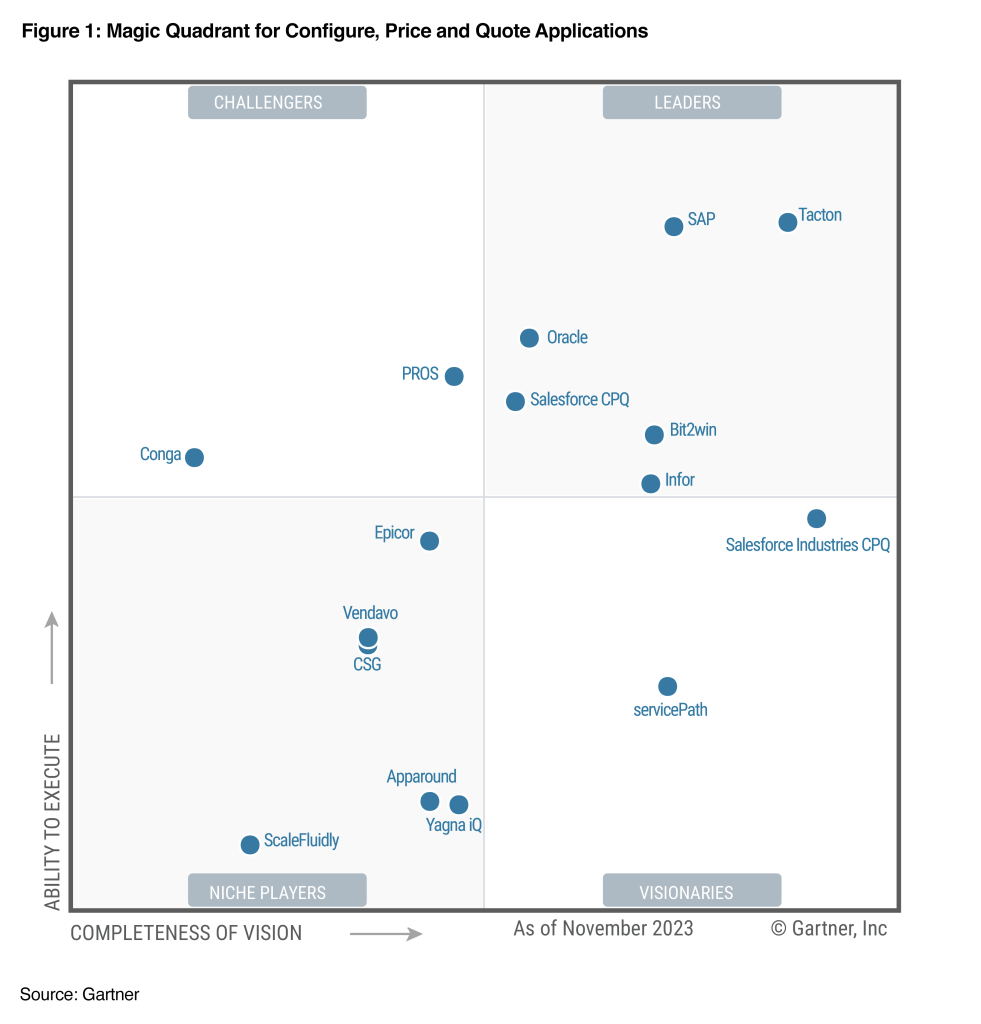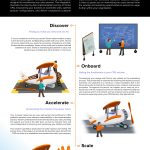Enhancing Industrial Buying with Omnichannel Sales and CPQ
Enhance your buying and selling experience with Tacton's omnichannel sales and CPQ to better help your business and customer satisfaction

The digital landscape is changing faster than ever for buyers across every industry. Many have found new and engaging ways to connect with digital native and savvy buyers who demand seamless buying experiences.
Creating these exciting experiences hasn’t been so easy for manufacturers who are attempting to cater to a new online industrial buyer. Today’s B2B customers demand the same level of convenience, reliability, and seamless experience they encounter in their personal online shopping, but for their manufacturing products as well. This is no small task of course for manufacturers with highly configurable products.
Let’s explore the latest insights into the industrial buying journey, the challenges faced, and how manufacturers can address these pain points to provide a transformative selling and buying experience by using Tacton CPQ.
The Changing Landscape of Industrial Buying
A recent study by Accenture sheds light on the industrial buying journey and the main pain points experienced by B2B buyers. The study, conducted globally with senior executives in purchasing roles, highlights the shift in expectations and the critical factors driving customer satisfaction.

Let’s dive into the results and examine the primary pain points throughout the customer journey. The top concern identified is reliability. The findings reveal a fascinating trend: most pain points are behavioral rather than product related.
In other words, most issues stem from interactions and activities surrounding the product, rather than the product itself. This insight offers a clear direction for improving the buying journey, as many of these pain points present opportunities for quick wins and straightforward fixes.

Reliability and convenience emerged as the top drivers, accounting for half of the pain points. As we break down the customer journey, from the initial search to after-sales service, it becomes evident that expectations shift at different stages.
Customer Expectations Per Step
- Search and Comparison: Customers expect a convenient experience, often favoring self-service options. This preference for convenience continues through the product comparison and selection phases.
- Purchase and Delivery: The emphasis shifts to reliability. Customers expect the configured product to be delivered as specified, without issues and quoting mistakes. Instances where configured products cannot be built lead to significant frustration.
- After-Sales: Reliability remains crucial, ensuring that the product performs as promised. Responsiveness is also important, and leveraging the latest technology can facilitate rapid responses to customer inquiries.
Addressing Pain Points with Digital Transformation
For industrial manufacturers, addressing these pain points is not just a nice-to-have but a necessity to stay competitive. Here’s how manufacturers can tackle these challenges head-on:
Ensure Reliable Configuration
Manufacturers must ensure that configured products are producible and meet customer expectations without deviation. This involves robust integration with ERP, CRM and PLM systems to guarantee that what is configured can be built.
Simplify and Enhance the Buying Experience Across Channels
Streamlining processes and offerings can significantly enhance the customer experience. Tacton CPQ provides one source of truth for reliable and consistent configurations across all sales channels, ensuring that updates and innovations are reflected simultaneously.
This also means that the updates to the products are also available to all sales channels at the same time, making the latest innovations and price lists up-to-date and making set-up and maintenance easier.

Leverage Self-Service and Digital Tools
Providing self-service capabilities such as visualization, immediate pricing, and sales BOM (Bill of Materials) empowers buyers to make informed decisions quickly. Documents like quotes, CAD drawings, and layout plans need to be readily available to facilitate internal decision-making within buying teams.
The Power of Omnichannel Sales and CPQ
By embracing omnichannel sales, manufacturers can provide a seamless and consistent experience across all touchpoints. This involves embedding CPQ solutions in a platform-agnostic manner, allowing for flexible and brandable UIs without requiring extensive front-end development skills. The goal is to provide reliable configuration, accurate pricing, and immediate responsiveness, meeting the expectations of modern B2B buyers.
Learn more in our latest webinar
Driving Business Value with Omnichannel Sales and CPQ
The business value of these capabilities is immense:
- Enhanced Deal Attraction and Conversion Rates: Engaging prospects early in the buying journey and providing a seamless experience increases the likelihood of converting leads into customers.
- Diversified Sales Portfolio: By offering a comprehensive and user-friendly online configurator, manufacturers can cater to a broader audience across channels.
- Solution Selling: By focusing on understanding the specific challenges and needs of each customer, sales teams can offer tailored solutions that address those needs comprehensively. This approach not only enhances customer satisfaction but also positions the company as a trusted advisor, leading to stronger relationships and increased sales.
- Selling on Business Values: Buyers can purchase based on their needs such as lowest purchasing price, lowest total cost of ownership, highest uptime, highest performance.
- Faster Time to Market: Streamlined processes and reliable configurations reduce lead times, enabling manufacturers to bring products to market more quickly.
- Improved Customer Satisfaction: Meeting the expectations of today’s B2B buyers leads to increased satisfaction and loyalty.
In closing:
The industrial buying journey is evolving, and manufacturers must adapt to meet the changing expectations of digitally native buyers. By addressing pain points related to reliability and convenience and leveraging modern digital tools, manufacturers can provide a transformative buying experience that drives sales growth. At Tacton, we’re committed to helping manufacturers reimagine their digital sales transformation and achieve success in the digital age.
Ready to transform your sales process and meet the demands of modern B2B buyers? Discover how Tacton’s CPQ solutions can help you achieve your goals by scheduling your demo today or watching the full webinar, “Top factors impacting Industrial Buying and Tactics to boost B2B growth with Omnichannel Sales” today!

